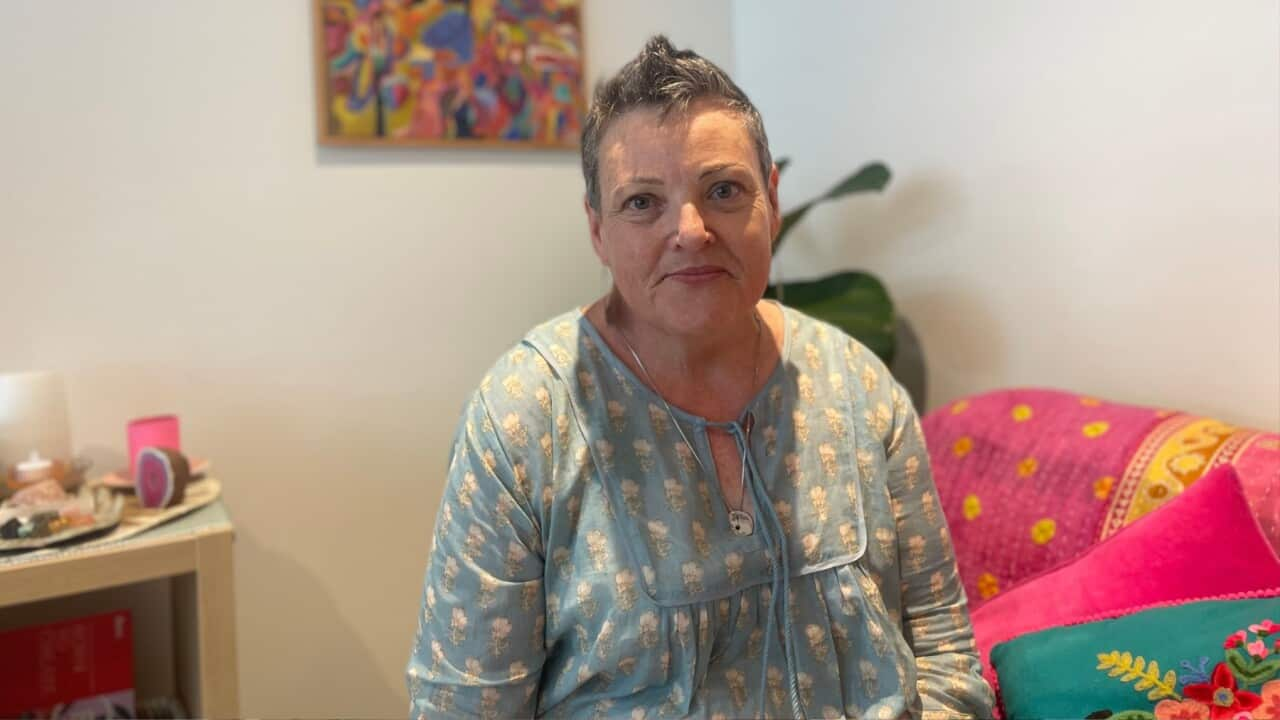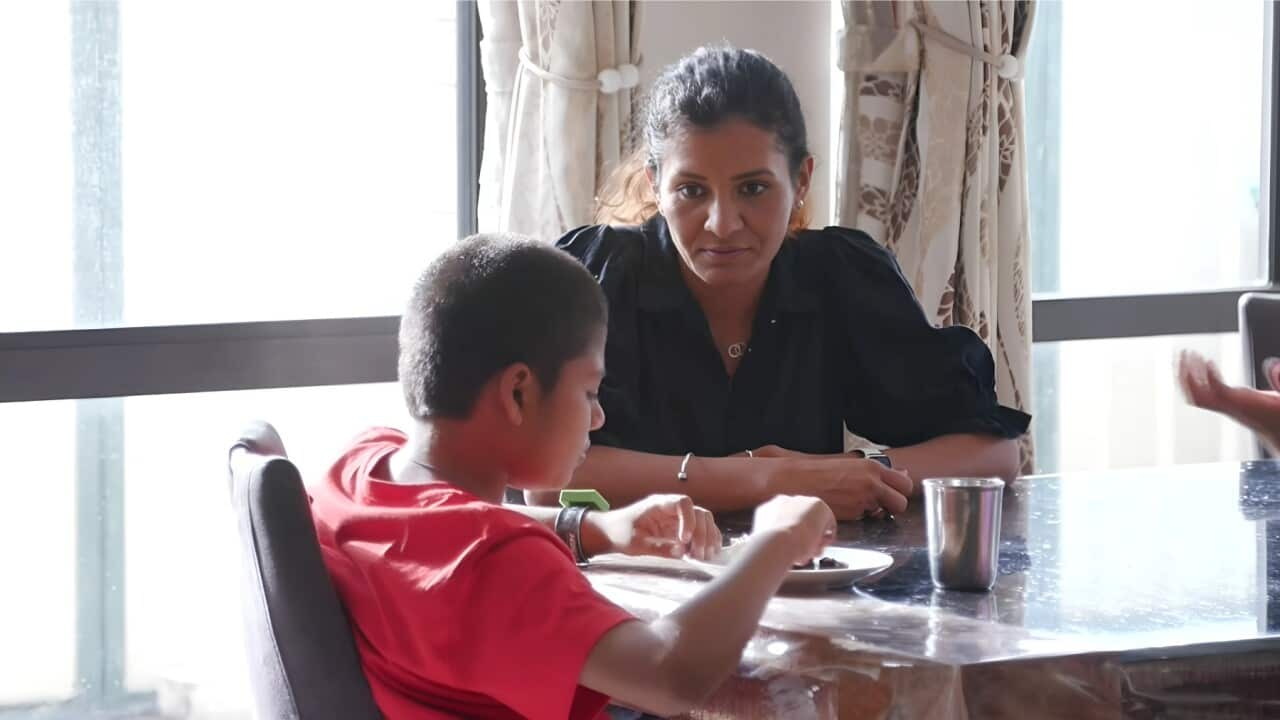TRANSCRIPT
Kate Sanderson was trapped in a bushfire during an ultra marathon in 2011.
She suffered burns on 60 per cent of her body, lost half of her left foot, and had some of her fingers fused together.
She says she went through traditional skin grafts to treat her wounds.
"Each time they take it, you're just red raw for days and they cant re-harvest it for i think 3 weeks and take it all again so yeah it's absolutely uncomfortable. There's no other option though. Health professionals are trying to save your life so that's the only option that's been out there."
Now, reconstructive plastic surgeon Dr Heather Cleland says she's hoping to revolutionise how burns are treated.
"This development is, I guess what you call a holy grail in burn surgery. People have been trying, and we've been part of this endeavour over many years, to bio-engineer a skin substitute that is going to act as effectively or possibly better than taking the patient's own split skin grafts. It's really taken more than 50 years."
Researchers at Melbourne's Alfred Hospital say by taking a small sample of a person's undamaged skin and growing those cells in an incubator, those cells are then infused in a hydrogel sheet and grafted onto the skin.
Using the patient's own cells reduces the risk of rejections which come with using donated skin.
The team is running a clinical trial to test the safety and efficacy of their engineered skin on people with severe burns covering at least 20 per cent of their body.
Dr Cleland says those clinical trials have shown promising signs for the future of burn treatment.
"We've treated two patients so far and although it's very early days in the clinical trial that we're running, we've been very impressed with the results in real life in patients with severe burn injuries."
The development of engineered skin began in the 1970s.
Those earlier iterations only used the epidermis - the skins outer layer and was used in conjunction with traditional skin grafts.
And although medical advancements have come a long way, there's still work to be done.
Shiva Akbarzadeh from the Alfred skin bio-engineering laboratory says while initial results of the trial are positive, there are some limitations researchers are working to improve.
"It's still lacking melanocytes so no pigmentation at the moment and also sweat glands and hair follicles not present. So although it functions as a skin, native skin graft in terms of closing the wound - more research should be done."
Researchers will now expand the trial across the country.













